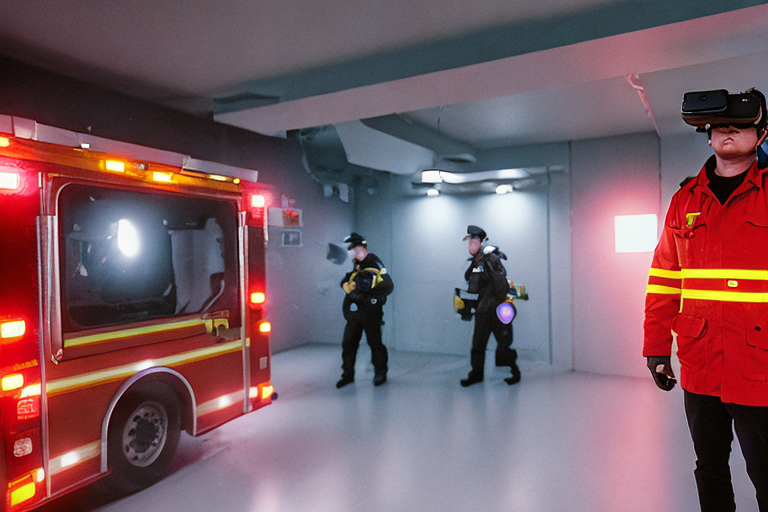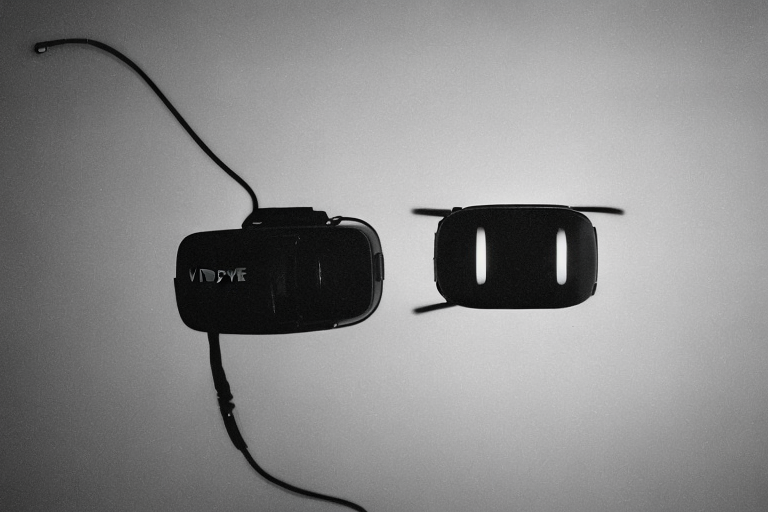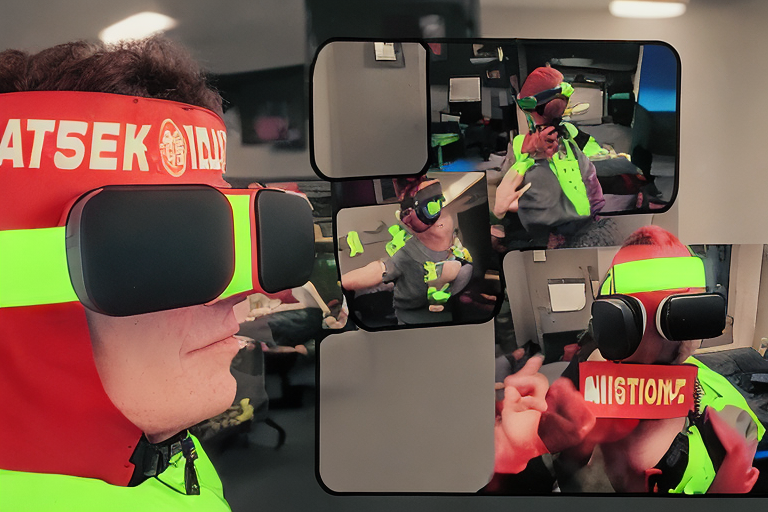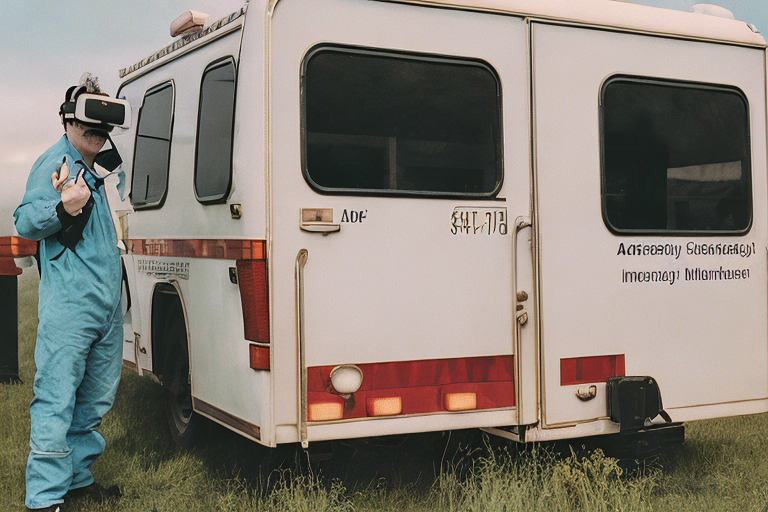가상현실(VR)이 응급서비스 산업에 미치는 영향: 교육 및 운영 강화(The Impact of Virtual Reality o…
본문

가상 현실(VR)은 응급 대응자의 교육 및 운영을 강화하여 응급 서비스 산업에 큰 영향을 미칠 가능성이 있습니다. VR 시뮬레이션을 사용하면 응급 대응자가 제어되고 안전한 환경에서 기술을 연습하고 다듬을 수 있으며, 이는 실제 응급 상황에서 성능 향상으로 이어질 수 있습니다.
예를 들어, 한국에서, 소방청은 소방관들을 훈련시키기 위해 VR 기술을 채택했습니다. VR 시뮬레이션은 다양한 화재 시나리오를 사실적으로 표현하여 소방관들이 고층 건물, 지하 시설 및 기타 어려운 환경에서 화재에 대응하는 연습을 할 수 있도록 합니다. 이 기관은 이 훈련이 소방관들의 기술과 자신감을 향상시켜 보다 효과적이고 효율적인 대응 시간으로 이어지도록 도왔다고 보고합니다.
훈련 외에도, VR 기술은 비상 운영을 개선하는 데에도 사용될 수 있습니다. 예를 들어, VR을 사용하여 가상 명령 센터를 만들 수 있으므로, 원격으로 작업하는 경우에도 비상 대응자가 실시간으로 협업하고 작업을 조정할 수 있습니다. 이를 통해 현장에서 응답 시간을 단축하고 의사 결정을 개선할 수 있습니다.

그러나 다른 새로운 기술과 마찬가지로 VR에도 과제가 있습니다. 한 가지 우려되는 것은 VR 장비 및 교육 비용입니다. 이는 일부 응급 서비스 기관, 특히 예산이 제한적인 기관에서 금지될 수 있습니다. 또 다른 잠재적인 문제는 VR 시뮬레이션이 비상 시나리오에 대한 비현실적인 뷰를 제공하여 비상 대응자들 사이에서 안일함 또는 과신으로 이어질 수 있는 가능성입니다.
이러한 과제에도 불구하고, 응급 서비스 산업에서 VR의 이점은 분명합니다. VR 기술은 응급 대응자에게 더 잘 준비하는 데 필요한 도구와 훈련을 제공함으로써 응급 상황 시 제공되는 생명을 구하고 치료의 질을 향상시킬 수 있는 잠재력을 가지고 있습니다.
결론적으로, 가상 현실이 응급 서비스 산업에 미치는 영향은 상당하며, 교육 및 운영을 개선할 수 있는 새로운 방법을 제공합니다. 해결해야 할 과제가 있지만, 이 산업에서 VR의 잠재적인 이점은 상당하며, 향후 몇 년 동안 이 분야에서 지속적인 성장을 볼 수 있을 것으로 보입니다.

가상 현실 기술은 비상 서비스 산업에 새로운 차원의 현실성과 상호 작용성을 가져올 수 있는 잠재력을 가지고 있습니다. 이를 통해 응급 대응자의 교육을 개선하여 안전하고 통제된 환경에서 기술을 연습하고 개선할 수 있습니다. 또한 VR은 협업 및 조정을 위한 가상 명령 센터 및 기타 도구를 제공하여 비상 운영을 개선할 수 있습니다.
VR 기술이 큰 영향을 미칠 수 있는 한 분야는 응급의료서비스(EMS) 인력 양성입니다. VR 시뮬레이션은 다양한 의료 응급 상황을 사실적으로 표현할 수 있어 EMS 직원이 안전한 환경에서 기술을 연습하고 개선할 수 있습니다. 이를 통해 응급 상황 시 제공되는 진료의 질을 개선하여 환자에게 더 나은 결과를 제공할 수 있습니다.
VR 기술이 유익할 수 있는 또 다른 분야는 재난 관리입니다. VR 시뮬레이션을 사용하여 잠재적인 재해 시나리오를 모델링할 수 있으므로, 비상 관리 기관이 대응 계획을 테스트하고 구체화할 수 있습니다. 이를 통해 응급 대응자가 실제 응급 상황에 더 잘 대비하고 보다 효과적으로 대응할 수 있도록 보장할 수 있습니다.

응급 서비스 산업에서 VR 기술의 잠재적인 이점에도 불구하고, 해결해야 할 과제도 있습니다. 한 가지 우려되는 것은 VR 장비 및 교육 비용입니다. 이는 일부 응급 서비스 기관, 특히 예산이 제한적인 기관에서 금지될 수 있습니다. 또 다른 잠재적인 문제는 VR 시뮬레이션이 비상 시나리오에 대한 비현실적인 뷰를 제공하여 비상 대응자들 사이에서 안일함 또는 과신으로 이어질 수 있는 가능성입니다.
결론적으로, 가상 현실이 응급 서비스 산업에 미치는 영향은 상당하며, 교육 및 운영을 개선할 수 있는 새로운 방법을 제공합니다. 해결해야 할 과제가 있지만, 이 산업에서 VR의 잠재적인 이점은 상당하며, 향후 몇 년 동안 이 분야에서 지속적인 성장을 볼 수 있을 것으로 보입니다. VR 기술의 힘을 활용하여 응급 서비스 기관은 응급 상황 시 환자와 지역 사회에 더 나은 치료를 제공하고 결과를 개선할 수 있습니다.
Virtual reality (VR) has the potential to greatly impact the emergency services industry by enhancing the training and operations of first responders. The use of VR simulations allows emergency responders to practice and refine their skills in a controlled, safe environment, which can lead to improved performance in real-life emergencies.
For example, in Korea, the National Fire Agency has adopted VR technology to train firefighters. The VR simulations provide a realistic representation of various fire scenarios, allowing firefighters to practice responding to fires in high-rise buildings, underground facilities, and other challenging environments. The agency reports that this training has helped to improve the skills and confidence of its firefighters, leading to more effective and efficient response times.
In addition to training, VR technology can also be used to improve emergency operations. For example, VR can be used to create virtual command centers, allowing emergency responders to collaborate and coordinate their efforts in real-time, even when working remotely. This can help to reduce response times and improve decision-making in the field.
However, like any new technology, VR also has its challenges. One concern is the cost of VR equipment and training, which may be prohibitive for some emergency services agencies, particularly those with limited budgets. Another potential issue is the potential for VR simulations to provide an unrealistic view of emergency scenarios, leading to complacency or overconfidence among emergency responders.
Despite these challenges, the benefits of VR in the emergency services industry are clear. By providing first responders with the tools and training they need to be better prepared, VR technology has the potential to save lives and improve the quality of care provided during emergencies.
In conclusion, the impact of virtual reality on the emergency services industry is significant, offering a new way to enhance training and operations. While there are challenges to be addressed, the potential benefits of VR in this industry are substantial, and it is likely that we will see continued growth in this area in the coming years.
Virtual reality technology has the potential to bring a new level of realism and interactivity to the emergency services industry. This can improve the training of first responders, allowing them to practice and refine their skills in a safe, controlled environment. In addition, VR can also improve emergency operations by providing virtual command centers and other tools for collaboration and coordination.
One area in which VR technology can have a significant impact is in the training of emergency medical services (EMS) personnel. VR simulations can provide a realistic representation of various medical emergencies, allowing EMS personnel to practice and refine their skills in a safe environment. This can help to improve the quality of care provided during emergencies, leading to better outcomes for patients.
Another area where VR technology can be beneficial is in disaster management. VR simulations can be used to model potential disaster scenarios, allowing emergency management agencies to test and refine their response plans. This can help to ensure that emergency responders are better prepared for real-life emergencies and are able to respond more effectively.
Despite the potential benefits of VR technology in the emergency services industry, there are also challenges to be addressed. One concern is the cost of VR equipment and training, which may be prohibitive for some emergency services agencies, particularly those with limited budgets. Another potential issue is the potential for VR simulations to provide an unrealistic view of emergency scenarios, leading to complacency or overconfidence among emergency responders.
In conclusion, the impact of virtual reality on the emergency services industry is significant, offering a new way to enhance training and operations. While there are challenges to be addressed, the potential benefits of VR in this industry are substantial, and it is likely that we will see continued growth in this area in the coming years. By leveraging the power of VR technology, emergency services agencies can provide better care and improve the outcomes for patients and communities during emergencies.






















댓글목록 0